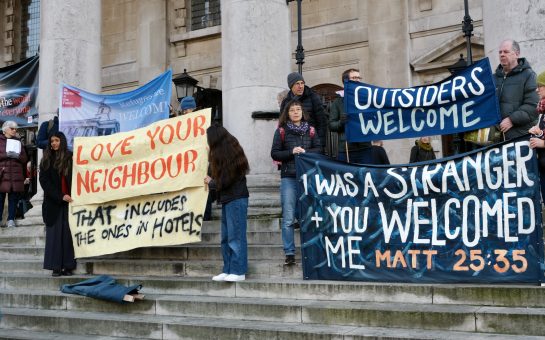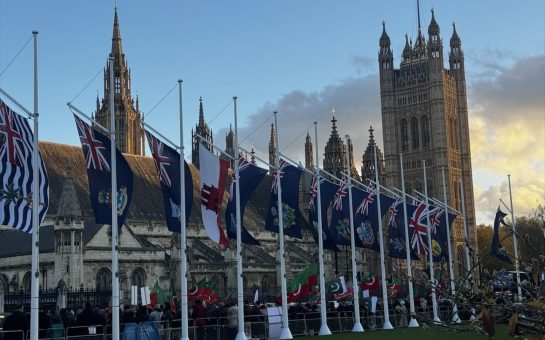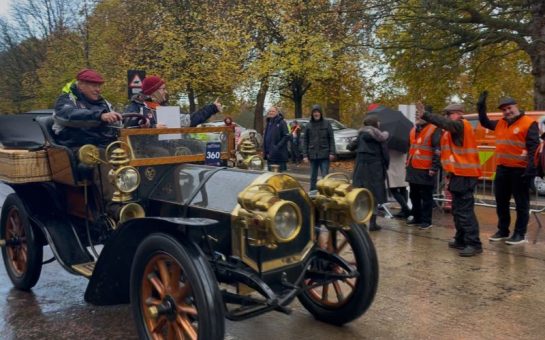A campaign is underway to commemorate Sergeant Ray Holmes, who rammed a World War Two German bomber over Victoria Station as it approached Buckingham Palace.
Sgt Holmes had oil sprayed onto the windshield of his Hurricane by a malfunctioning German flamethrower before ramming the German bomber and parachuting to safety.
Senior Aircraftman Andy Blezard, 58, a member of Sgt Holmes’ own RAF Squadron 504 for 22 years, started a gofundme to finance a plaque commemorating this event, which happened 70 years ago last September.
Blezard expressed fears that men like Sgt Holmes might be forgotten.
He said: “It’s probably gone into folklore now and it’s lost in the mists of time.”
Blezard has secured permission for the plaque to go up at No 203 Buckingham Palace Road, near where Sgt Holmes’ Hurricane crashed, but needs to raise £6,000.
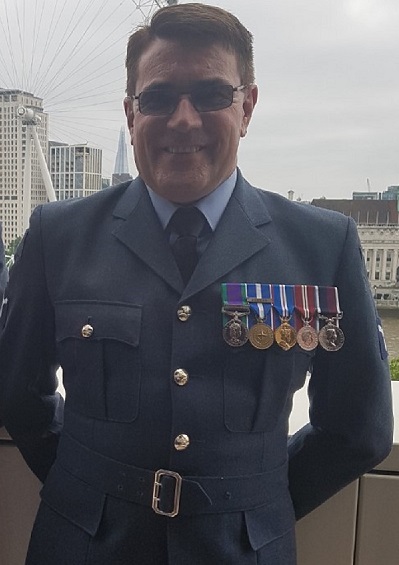
Credit: Andy Blezard
Blezard hopes it might be unveiled alongside an RAF parade.
Sgt Holmes managed to escape from his Hurricane unharmed, although he found himself dangling above a garden bin.
He noticed two girls watching him from a nearby garden, who he promptly kissed.
The pilot of the rammed aircraft, Feldwebel Robert Zehbe, also parachuted out of his plane which crashed near Victoria station but was assaulted by an angry mob of Londoners in Kennington and died of his wounds days later.
Sgt Holmes’ ramming of the German bomber was a national sensation in 1940 and he was lauded as a hero.
The engine of Sgt Holmes’ Hurricane was unearthed by archaeologists in 2004, where it was the subject of the National Geographic documentary.
The signs of the excavation are still visible to this day at the intersection between Ebury Bridge and Buckingham Palace Road.
Sgt Holmes’ Hurricane was the only Allied plane to crash in Central London during World War II.
Sgt Holmes went on to train Soviet pilots in Murmansk during the war and served as a King’s Messenger, acting as a personal courier for Winston Churchill.
After the war, he returned to his previous career as a journalist and founded a court reporting agency for local and national press.
He died in 2005 at the age of 90 after a two year battle with cancer.
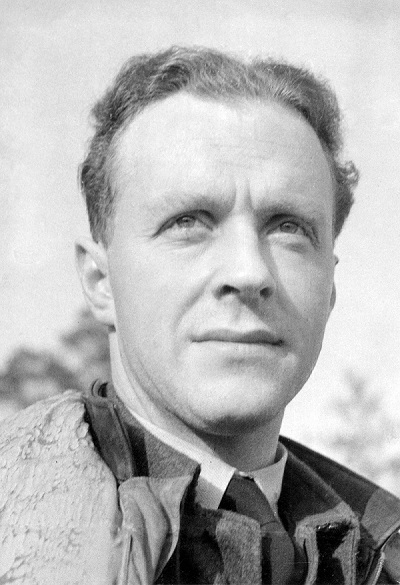
Blezard said: “He is one of the unsung heroes.
“When things go back to normal, and there’s people running up and down that street, they would never know that black patch of road contains remnants of his Hurricane.”
